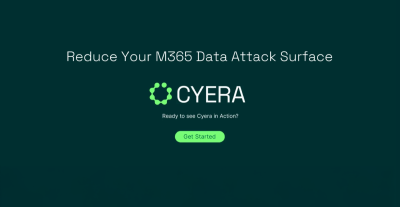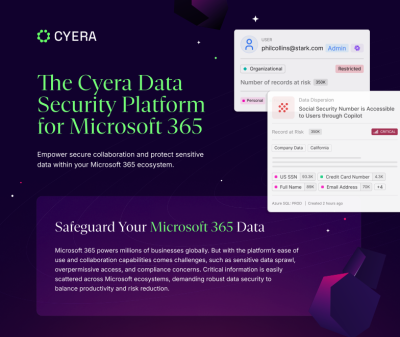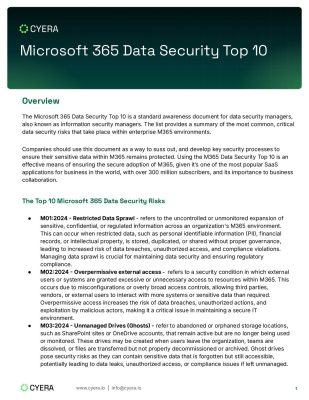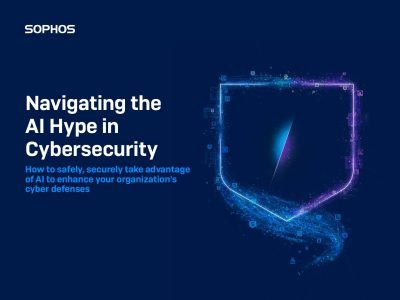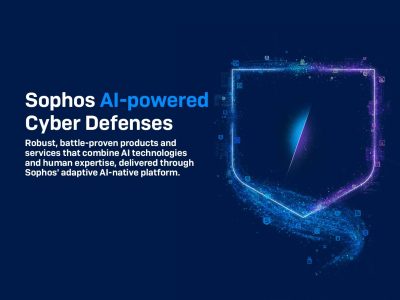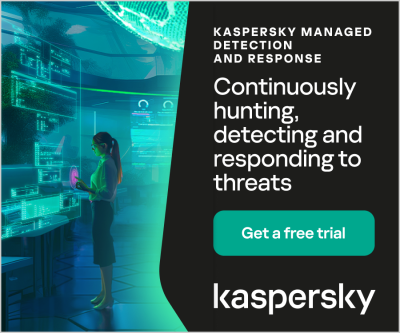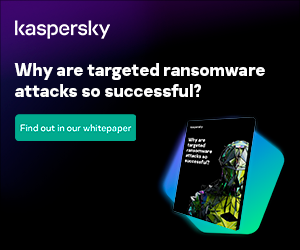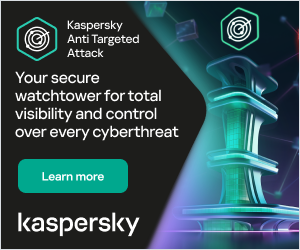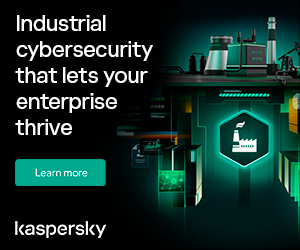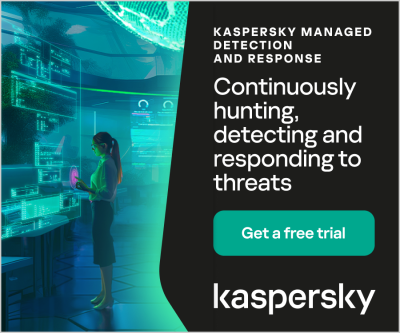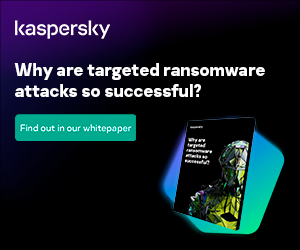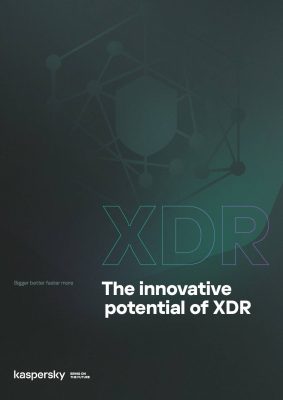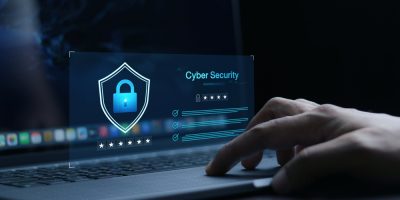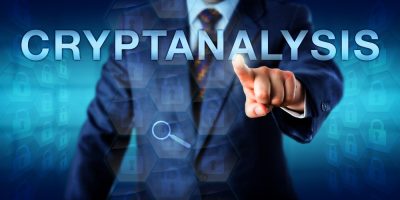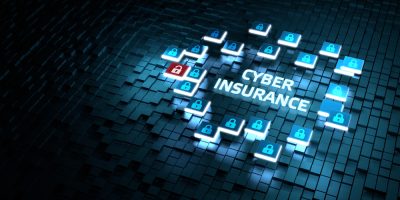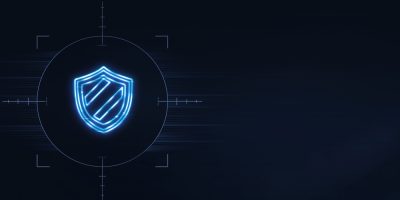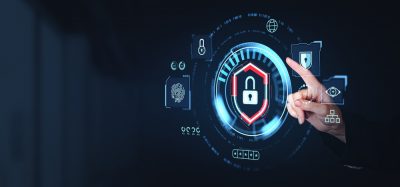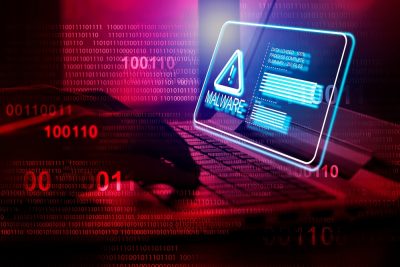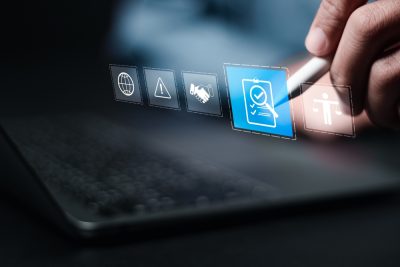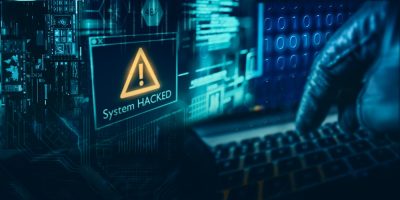Highlights:
- By consistently identifying, evaluating, and integrating new security measures tailored to address evolving risks, enterprises can effectively reduce the likelihood of cyberattacks on their systems.
- Cybersecurity asset management solutions provide your security team and the entire organization with the necessary visibility to devise a robust security strategy that promptly and proactively addresses threats.
In the fast-paced world of cybersecurity, comprehending Cyber Security Asset Management (CSAM) is vital for organizations.
CSAM involves systematically identifying, categorizing, and vigilantly monitoring all IT and OT (Operational Technology) assets within a company.
From hardware and software to network systems and sensitive data, each asset requires meticulous management to ensure stringent security measures are upheld.
What exactly does CSAM entail, and in this context, how are assets defined?
What Is Cybersecurity Asset Management and What Is an Asset in Cyber Security Asset Management?
Cyber assets encompass networks and programmable electronic devices comprising software, hardware, and associated data.
Cybersecurity asset management is critical in enhancing security measures by continually identifying, assessing, deploying, and retiring valuable IT assets to mitigate emerging threats.
A robust asset management program is indispensable for an organization’s cybersecurity strategy.
By consistently identifying, evaluating, and integrating new security measures tailored to address evolving risks, enterprises can effectively reduce the likelihood of cyberattacks on their systems.
Defining assets is foundational in CSAM. In this context, an asset refers to any resource, component, or part of an organization’s IT infrastructure requiring management and protection from cybersecurity threats. Typically, these assets are categorized into several groups:
-
Hardware assets
This category encompasses all hardware, including switches, routers, computers, laptops, mobile devices, servers, and other network hardware. Peripheral devices such as printers, scanners, and the Internet of Things (IoT) are also considered hardware assets.
-
Software assets
The company’s operating systems and applications fall under the software asset category. This encompasses software suites, cloud-based applications, and installed software on individual devices.
-
Data assets
The company’s software assets encompass the operating systems and applications utilized within the organization. This category comprises software suites, cloud-based applications, and installed software on individual devices.
-
Cloud assets
Data assets constitute the backbone of organizational operations, encompassing diverse information processed, stored, or transmitted.
From financial data and personnel records to sensitive business information, intellectual property, and customer data, these assets form the cornerstone of organizational integrity, confidentiality, and regulatory compliance.
Therefore, safeguarding these data assets is imperative to ensure the organization’s continued success and resilience in the face of evolving cyber threats.
-
Network assets
These components collectively form the organization’s network infrastructure, incorporating Wi-Fi access points, firewalls, routers, switches, and the underlying network architecture.
-
Virtual assets
Virtual machines, servers, containers, and other virtualized environments within the IT infrastructure are included in this category.
-
Configuration and identity assets
These include user profiles, login credentials, configuration files, and other identity-related components necessary for controlling access control and security configurations in the IT system.
In cybersecurity asset identification and management, it is essential to comprehend and handle these various asset types with efficiency. Different asset types have other vulnerabilities, so specific security measures are required.
Organizations can strengthen the security of their IT environment against cyber threats, comply with regulatory requirements, and ensure the smooth operation of their business processes by keeping accurate and current information about these assets.
Effective CSAM is paramount for ensuring the protection and integrity of an organization’s digital assets. Let’s delve deeper into why CSAM is critical and explore the essential functions it performs to mitigate cybersecurity risks.
Why Is Cybersecurity Asset Management Important? And What Does Effective Cybersecurity Asset Management Do?
Cybersecurity asset management solutions provide your security team and the entire organization with the necessary visibility to devise a robust security strategy that promptly and proactively addresses threats. This approach offers numerous notable benefits, such as:
-
Not being sidetracked by cybersecurity
Thanks to a robust CSAM procedure, businesses can confidently introduce new IT services or resources without fearing security issues disrupting their operations.
This allows them to prioritize business objectives, knowing that any potential vulnerabilities resulting from these changes will be identified and addressed by their cybersecurity asset management process.
-
A proactive reaction
The proactive stance facilitated by CSAM enables IT and security teams to detect and address vulnerabilities before they escalate into significant issues.
Through continuous monitoring of the IT infrastructure for new deployments and potential threats, organizations can prevent vulnerabilities from becoming active threats.
This proactive approach allows businesses to maintain a robust security posture and stay ahead of emerging cybersecurity challenges.
-
Security visibility
CSAM furnishes the security team with a roster of assets and associated risks when facing an attack, offering crucial context about the incident’s nature and timing.
This spares the team from the arduous task of reconstructing resource deployments and configurations to investigate the root cause of a breach or vulnerability.
Instead, teams can promptly refer to an updated record that is readily accessible, facilitating quick insights and simplifying the incident response process for a more efficient resolution.
The role of CSAM in enabling businesses to detect and address security threats across multiple fronts effectively is critical.
While it represents just one of the many aspects of a comprehensive cybersecurity strategy, its significance cannot be overstated. Asset management for cybersecurity is the cornerstone of modern security frameworks in today’s rapidly evolving threat landscape.
Maintaining proactive security operations becomes challenging, if not unfeasible, without robust asset management practices.
Therefore, businesses must prioritize establishing and maintaining solid cybersecurity asset management protocols to safeguard their digital assets and infrastructure effectively.
It helps you:
- Supervise the complete lifecycle of assets, from their inception to disposal upon obsolescence.
- Guarantee the security and regulatory compliance of cyber assets within the organization.
- Identify and manage unknown assets to safeguard them from potential threats.
- Conduct routine maintenance activities to identify and rectify any unauthorized alterations.
- Acquire an in-depth understanding of internal and external attack surfaces to fortify defenses effectively.
Closing Lines
If asked, “What is cybersecurity asset management?” cybersecurity asset management (CSAM) is a critical component of modern security frameworks, allowing businesses to monitor asset lifecycles, ensure regulatory compliance, and strengthen defenses against evolving cyber threats.
Implementing robust CSAM protocols provides organizations invaluable visibility into their asset landscape, enabling proactive threat detection and mitigation.
Maintaining proactive security operations becomes even more paramount as cyber threats evolve, making CSAM an essential component of any comprehensive cybersecurity strategy.
To safeguard their digital assets effectively, businesses must prioritize establishing and maintaining strong CSAM practices.
Expand your knowledge on such matters by exploring our extensive selection of security-related whitepapers.
